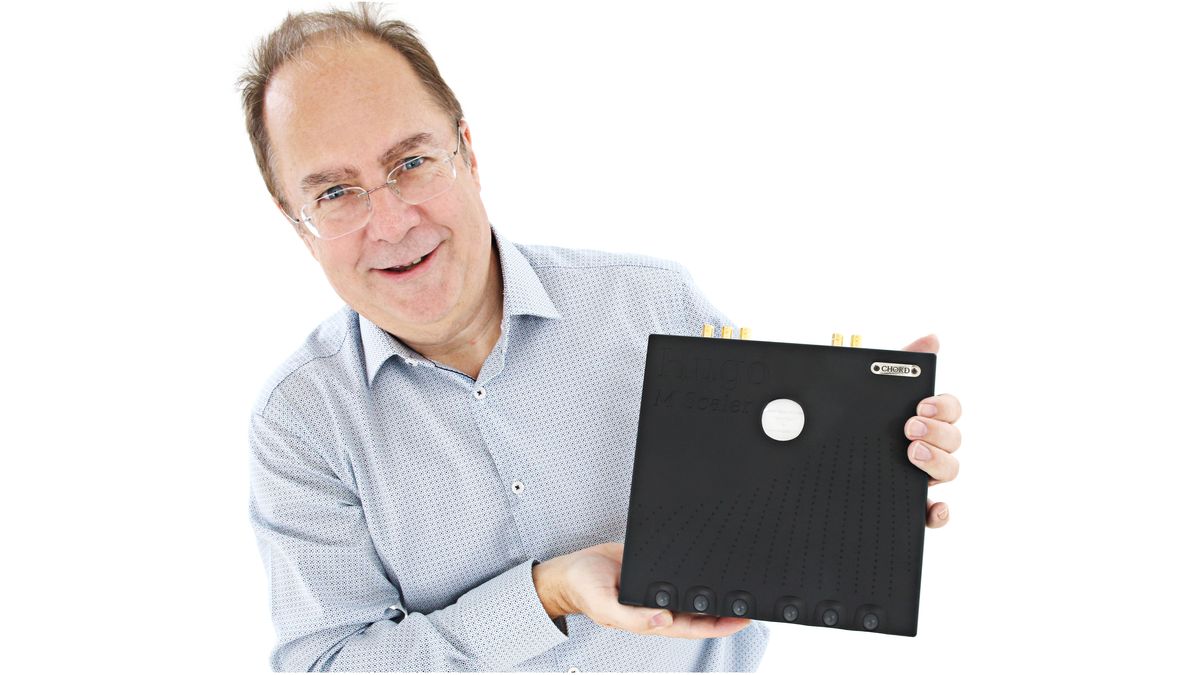Just to be clear, the noise that is being discussed is out of audioband noise in the digital cable going to the DAC, whether this noise originates in the network, or streamer or elsewhere. And yes this can be measured with the right instruments. The spectrum analyser I have is at the low end of the sort of kit required and to get more meaningful measurements the cost of the kit unfortunately quickly escalates.
A more important question is perhaps whether the resulting modulation distortion can be measured on the analogue output from the DAC. Again this can be measured but and I am sorry to mention him again, Rob Watts says that the human ear is very susceptible to hearing even small levels of this distortion and measuring these low levels of distortion is challenging (but not impossible) even with the sort of measurement devices he has as his disposal.
Whilst that is interesting and valuable in its own right for the work you do, as far as I can see none of that has any relevance to the issues being discussed in this thread in that it does not appear to measure the modulation distortion being discussed arising from out of audioband noise. So as an answer to
@Woodface question I am not sure it is relevant.


